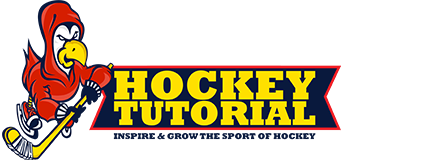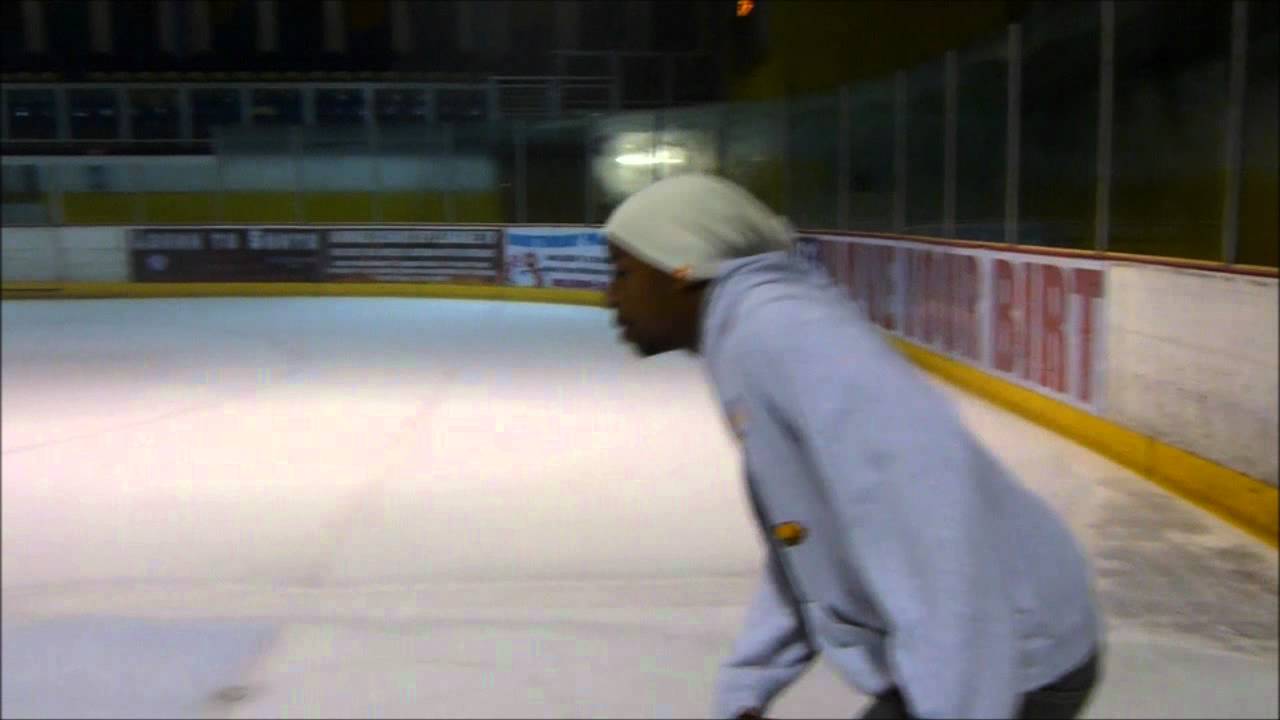Deep knee bend for a low centre of gravity (more control and balance). Full extension with the pushing foot for proper technique and maximum power (remember your stride goes to the side, not backwards)
When returning or recovering the extended leg, remember to keep the skate low to the ice, lifting your skates to high or in a circular motion will waste time, energy and is improper technique.
Stroke your arms back and fourth (locked 90 degrees) rather than to the side, this helps drive your body forward helping and working with the momentum of your stride rather than against it.
Arms forwards and backwards lock at a 90 degree angle (not swinging / dangling down or to the side)
Forward Stride technique
How to do the forward stride
Beginning with skating forward, skate down the ice with your arms going back and forth (don’t let your hands drop, have your hands 90degrees from your elbows), not out to the side, your elbows should be swinging back and forth (if your left leg is fully extended, your right elbow should be swinging backwards). Each time you push off the ice with your leg, it should be fully extended and pushing to the side (not backwards) while the other knee is bent. You want the push to come from your knee.
 The stride push is always directly to the side and then recover the foot the same direction it came (Do not push to the side, then move your foot under your bum before recovering it, push to the side, and recover the foot the same direction you pushed out) your toe should be the last thing to leave the ice as you recover your foot. Transfer your weight then repeat the same action with the other leg. Skates roughly shoulder width apart, deep knee bend equals strong push.
The stride push is always directly to the side and then recover the foot the same direction it came (Do not push to the side, then move your foot under your bum before recovering it, push to the side, and recover the foot the same direction you pushed out) your toe should be the last thing to leave the ice as you recover your foot. Transfer your weight then repeat the same action with the other leg. Skates roughly shoulder width apart, deep knee bend equals strong push.









